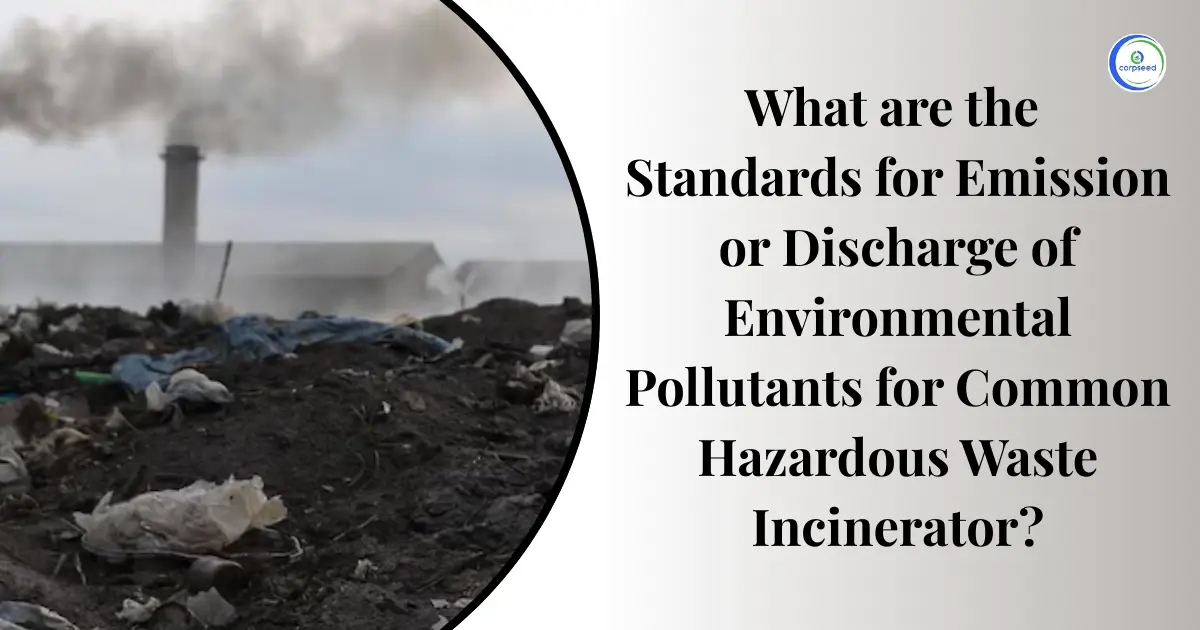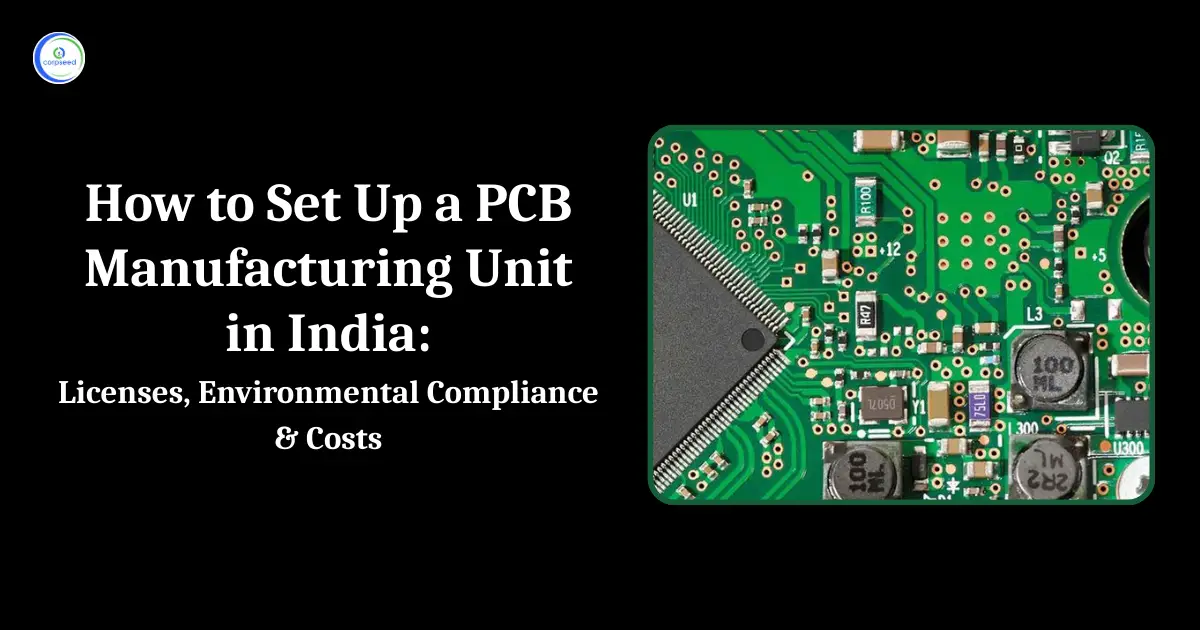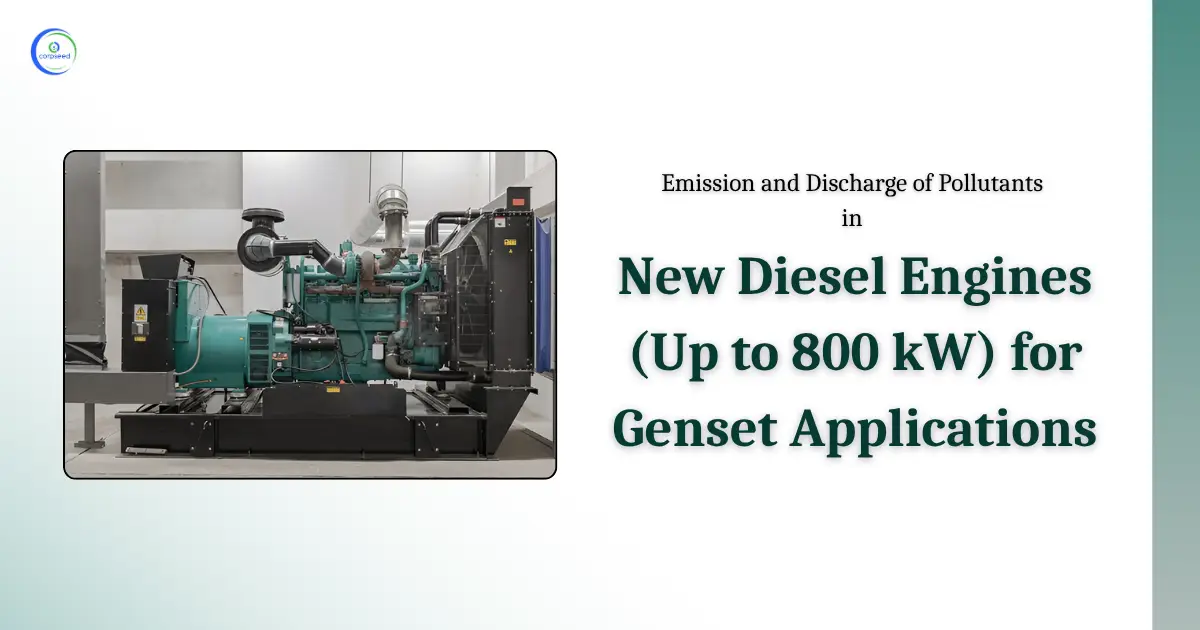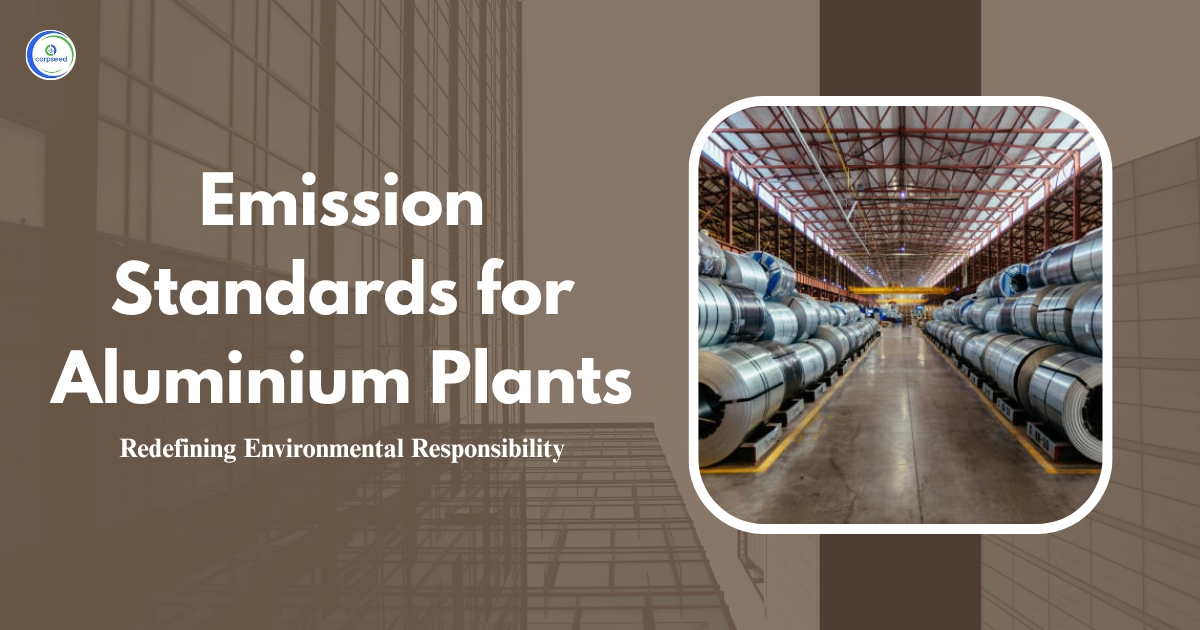Hazardous waste management is critical for environmental safety and public health, especially for waste incineration. In India, the Ministry of Environment and Forests (MoEF) sets strict standards for emissions and discharges from hazardous waste incinerators, with the aim of reducing pollution. The Environment (Protection) Rules, 1986 Fifth Amendment Rules 2008 laid down stringent emission standards to control the release of toxic pollutants from these incinerators. The regulations ensure that incinerators operate within safe limits by specifying emission limits for various harmful substances, such as particulate matter, dioxins and heavy metals. Effective monitoring, enforcement, and compliance with these standards are necessary to minimize environmental damage and protect public health, ensuring that hazardous waste management practices are both safe and sustainable.
Table of Contents
--------------Blog Contact Form-------------
Understanding Environmental (Protection) Regulations, 1986
The Environment (Protection) Rules, 1986, under the Environment (Protection) Act, aim to protect the environment by laying down clear guidelines for the management of air, water and land quality. These regulations cover a wide range of industries and processes, including hazardous waste management. Specifically, the 2008 Fifth Amendment rules focus on regulating hazardous waste incinerators to minimize their environmental impact. They set strict emission standards to limit the release of toxic gases and particulates, ensuring that the incinerator operates within safe limits.
The design and operation of this incinerator must maintain high temperatures and sufficient retention times to ensure complete combustion, thereby preventing the escape of harmful pollutants. The rules require that we carefully manage the ashes and slag produced by incineration to avoid contamination. Hazardous waste management authorizations are mandatory for incinerator operators to ensure compliance with these environmental standards. Continuous monitoring and corrective measures are necessary to keep emissions within acceptable limits, thereby protecting both air quality and public health from the risks of hazardous waste incineration.
The Role of Common Hazardous Waste Incinerators
Hazardous waste incinerators dispose of toxic waste by burning it at high temperatures. However, this process can release harmful pollutants such as particulate matter, gases, and toxins into the air, posing a threat to human health and the environment. To mitigate these risks, authorities enforce strict emission standards that control the concentration of pollutants in the incinerator exhaust. These standards aim to reduce air pollution and keep emissions within safe limits. Monitoring and control of emissions play an important role in limiting the negative impacts of hazardous waste incineration. By following these regulations, incinerators protect public health, preserve air quality, and reduce environmental damage from the release of toxic substances. Compliance with these regulations is critical to ensuring safety and sustainability in waste management.
Emission Standards for Common Hazardous Waste Incinerators
The Ministry of Environment and Forests, through the Environment (Protection) Fifth Amendment Rules, 2008, has set specific standards for the emission of pollutants from common hazardous waste incinerators. These standards are necessary to ensure that the operation of incinerators does not contribute excessively to air pollution. Emission standards specify permissible concentrations of pollutants, including particulate matter, gases, and toxic compounds that industries can release into the atmosphere. Below is a detailed table summarizing emission limits for various pollutants from common hazardous waste incinerators:
| S.No. |
Pollutant |
Emission Limit (mg/Nm³) | Sampling Duration |
| 1 | Particulate Matter | 50 | 30 minutes |
| 2 | Hydrochloric Acid (HCl) | 50 | 30 minutes |
| 3 | Sulphur Dioxide (SO₂) | 200 | 30 minutes |
| 4 | Carbon Monoxide (CO) | 100 | 30 minutes |
| 50 | 24 hours | ||
| 5 | Total Organic Carbon (TOC) | 20 | 30 minutes |
| 6 | Hydrogen Fluoride (HF) | 4 | 30 minutes |
| 7 | Nitrogen Oxides (NOₓ) | 400 | 30 minutes |
| 8 | Total Dioxins and Furans | 0.1 ng TEQ/Nm³ | 8 hours |
| 9 | Cadmium (Cd) + Thorium (Th) | 0.05 | 2 hours |
| 10 | Mercury (Hg) and its Compounds | 0.05 | 2 hours |
| 11 | Antimony (Sb) + Arsenic (As) + Lead (Pb) + Cobalt (Co) + Chromium (Cr) + Copper (Cu) + Manganese (Mn) + Nickel (Ni) + Vanadium (V) | 0.50 | 2 hours |
Notes:
- Adjust all monitored values to an 11% oxygen level on a dry basis to ensure consistency in measurement and comparison.
- The CO₂ concentration in the tail gas must not fall below 7% to ensure efficient combustion and emission control.
- If halogenated organic waste is less than 1% by weight of the input waste, design the twin-chamber incinerator to achieve a secondary combustion chamber temperature of at least 950°C, with a gas residence time of 2 seconds or more.
- For halogenated organic waste exceeding 1% by weight, use only twin-chamber incinerators, designed to maintain a minimum secondary combustion temperature of 1100°C, with a gas residence time of no less than 2 seconds.
- Operate the incineration process with optimal temperature, retention time, and turbulence to keep Total Organic Carbon (TOC) in slag and bottom ashes under 3%, or ensure their loss on ignition is below 5% of dry weight.
Key Points on Emission Standards
- Particulate Matter: Limit of 50 mg/Nm³, can cause severe health issues, particularly respiratory problems. Proper filtration and scrubbers are necessary.
- Hydrochloric Acid (HCl): Emissions limited to 50 mg/Nm³, a corrosive gas linked to acid rain and respiratory damage. Needs careful monitoring.
- Sulphur Dioxide (SO₂): Maximum allowed is 200 mg/Nm³, contributes to acid rain, affecting ecosystems and human health.
- Carbon Monoxide (CO): Limit of 100 mg/Nm³, a toxic gas that reduces oxygen absorption in the body, potentially deadly at high levels.
- Total Organic Carbon (TOC): Set at 20 mg/Nm³ for 24 hours, unburned organic compounds that contribute to smog and long-term environmental harm.
- Hydrogen Fluoride (HF): Emissions capped at 4 mg/Nm³ to prevent respiratory issues, skin and eye damage, and environmental contamination.
- Nitrogen Oxides (NOx): Limit of 400 mg/Nm³, contributes to acid rain and smog formation, harming both health and the environment.
- Dioxins and Furans: Set at 0.1 ngTEQ/Nm³, highly toxic, linked to cancer, reproductive damage, and other serious health risks.
- Heavy Metals: Limits for cadmium, mercury, and lead are extremely low, ensuring minimal environmental and health risks.
Monitoring and Enforcement
Monitoring and enforcement of emission standards for hazardous waste incinerators is crucial to ensure compliance with environmental regulations. Regulatory bodies like the Central Pollution Control Board (CPCB) and State Pollution Control Boards (SPCB) are responsible for continuous monitoring of incinerator operations through regular inspections and air quality assessments. They ensure that pollutant emissions are within permissible limits, taking corrective action when violations occur. Incinerator operators must report emissions data and keep appropriate records. Failure to comply may result in penalties, operational closure or suspension of the Hazardous Waste Management Authority, ensuring accountability and environmental protection.
Conclusion
The safe management of hazardous waste is crucial for environmental protection, and common hazardous waste incinerators play an essential role in this process. Incineration operators can help reduce the environmental impact of waste disposal by complying with the emission standards set out in the Environment (Protection) Rules, 1986 and its subsequent amendments. The involvement of regulatory bodies such as the CPCB and SPCB ensures that hazardous waste management practices are in line with national and international environmental standards. Proper design, operation, and monitoring of these incinerators, along with the implementation of advanced technology, can significantly reduce the risk of air pollution and contribute to a cleaner and healthier environment. Strict emissions standards are an important part of this effort, helping to limit harmful pollutants and ensuring that hazardous waste disposal does not pose a threat to public health or the environment.
This portion of the site is for informational purposes only. The content is not legal advice. The statements and opinions are the expression of author, not corpseed, and have not been evaluated by corpseed for accuracy, completeness, or changes in the law.
BOOK A FREE CONSULTATION
Get help from an experienced legal adviser. Schedule your consultation at a time that works for you and it's absolutely FREE.







_Corpseed.webp)
.webp)
